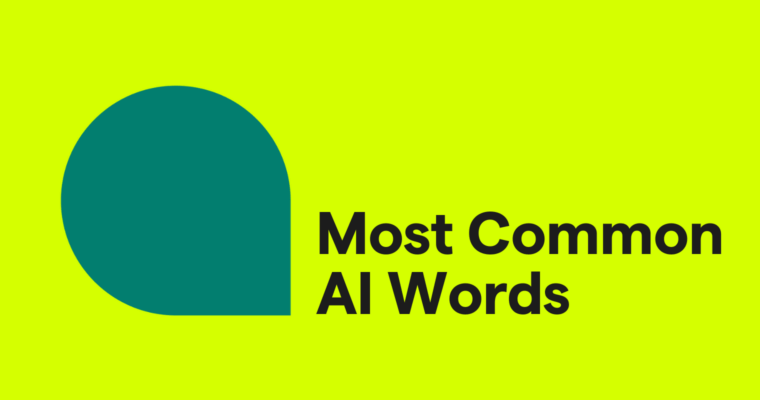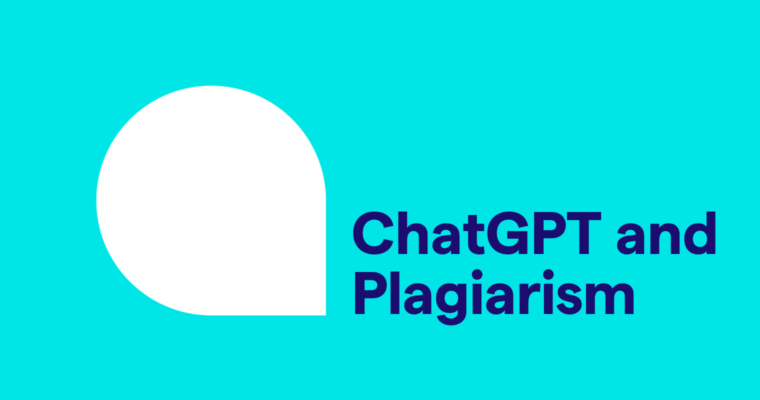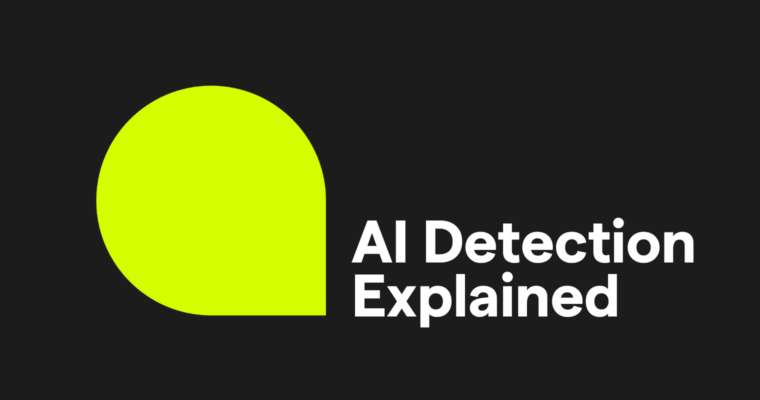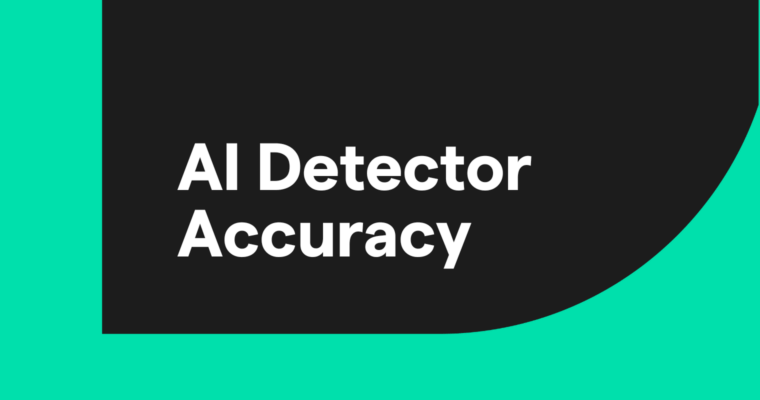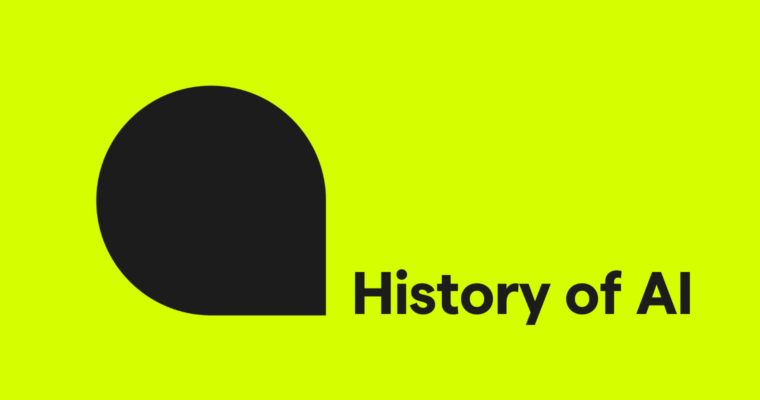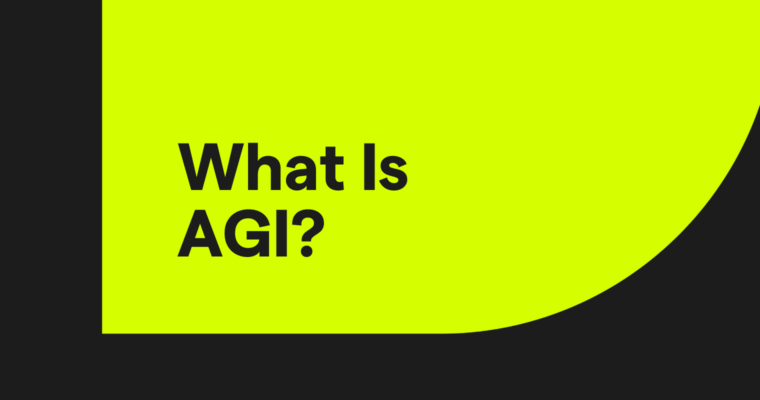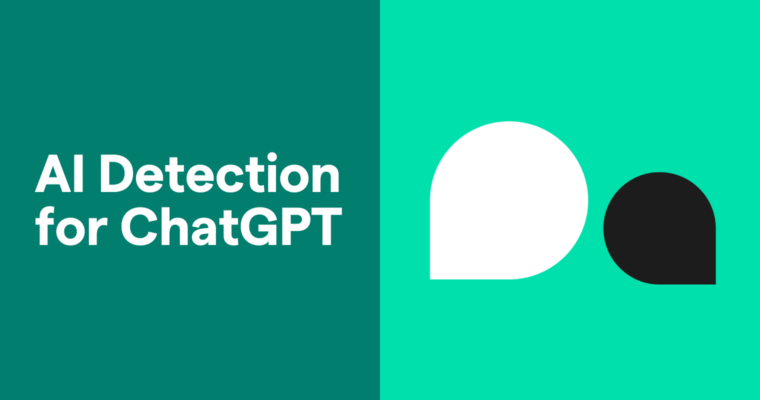
Key takeaways
- ChatGPT produces humanlike text, making detection challenging.
- AI detection tools can assess the likelihood that content was AI-generated, but they can’t confirm it with certainty.
- For the best results, combine AI detection with proper citation practices and additional tools like Grammarly Authorship and plagiarism detection.
ChatGPT, an AI chatbot that can engage in humanlike conversations and produce written content, has made AI-generated writing more common than ever. Today, AI-generated content may show up in everything from blog posts to customer service chats—and it’s getting harder and harder to spot. As AI-written content spreads, one question remains: Can we reliably detect when something was written by ChatGPT?
In this article, we’ll explore how ChatGPT generates text, the methods used to detect AI-written content, the challenges in making accurate identifications, and the best approach to leveraging AI in your content.
Table of contents
Understanding ChatGPT and AI-generated content
Methods for detecting ChatGPT-generated text
Challenges in detecting ChatGPT-generated content
Best practices for mitigating ChatGPT content
Understanding ChatGPT and AI-generated content
ChatGPT is an AI language model developed by OpenAI that generates text based on user input. It uses advanced deep learning techniques to predict and create responses, making it useful for a range of writing tasks.
ChatGPT capabilities
When a user enters a prompt, ChatGPT processes and generates text based on patterns in data. It can assist with drafting content, answering questions, summarizing information, and providing basic coding support. While it can produce coherent text, its responses are based on existing data and may require review for accuracy and relevance.
Common applications of AI-generated text
Some of the most common uses of AI-generated text include:
- Chatbots and virtual assistants – Automating responses and customer interactions
- Content writing – Assisting with blogs, articles, and marketing copy
- Academic and research support – Summarizing texts and drafting study materials
- Creative writing – Helping with brainstorming and generating story ideas
- Code assistance – Providing code snippets and basic explanations
AI-generated text is widely applied in digital communication, but human oversight is often necessary (more on this below) to ensure quality and accuracy.
Methods for detecting ChatGPT-generated text
Detecting AI-generated content isn’t as straightforward as spotting plagiarism. Instead of simply comparing text with existing sources, it involves identifying patterns that hint at AI use, which isn’t an exact science.
Because no single method is foolproof, the best approach combines AI detection tools, human review, and content-tracking solutions like Grammarly Authorship, which records a document’s writing history as it’s created instead of analyzing text patterns in completed content.
AI detection tools
AI detection tools analyze writing patterns to estimate whether AI was involved. They typically look for:
- Sentence predictability – AI-generated text often follows structured, repetitive patterns.
- Perplexity and burstiness – Perplexity measures word unpredictability, which is lower in AI text. Burstiness reflects sentence variation—human writing is more varied, while AI is more uniform.
- Metadata markers – Some AI tools embed hidden identifiers in their output.
Grammarly’s AI detector flags potential AI-assisted writing based on these and other linguistic patterns, helping users assess content authenticity.
However, no AI detection tool can guarantee accuracy—false positives (human-written text flagged as AI) and false negatives (ChatGPT content passing as human) are always possible.
For a more reliable approach, combine AI detection with human evaluation and plagiarism checks to ensure content integrity.
Human evaluation
Manual review is always open to interpretation and human error, but certain patterns can suggest that text was AI-generated. Some common signs of AI-generated content include:
- Repetitive phrasing or an overly structured writing style
- Lack of personal voice or a robotic tone
- Vague responses that avoid specific details
- Unusual word choices or inconsistent formatting
Because ChatGPT adjusts its responses based on the wording and style of prompts, AI-generated text can closely mimic human writing. That’s why human reviewers should use AI detection tools as a backup rather than relying solely on intuition.
Grammarly Authorship
Instead of estimating AI involvement, what if writers could track their writing process and proactively reveal how they used AI? Grammarly Authorship aims to usher in a more transparent era of content creation, one that promotes responsible AI use as a valid, helpful tool in the writing process.
Grammarly users can turn on Authorship to track how they created their document and receive a detailed report showing whether the content was AI-generated, human-written, or copied from a source. This method removes the ambiguity of text analysis and gives students, teachers, writers, editors, and readers insight into the creative process.
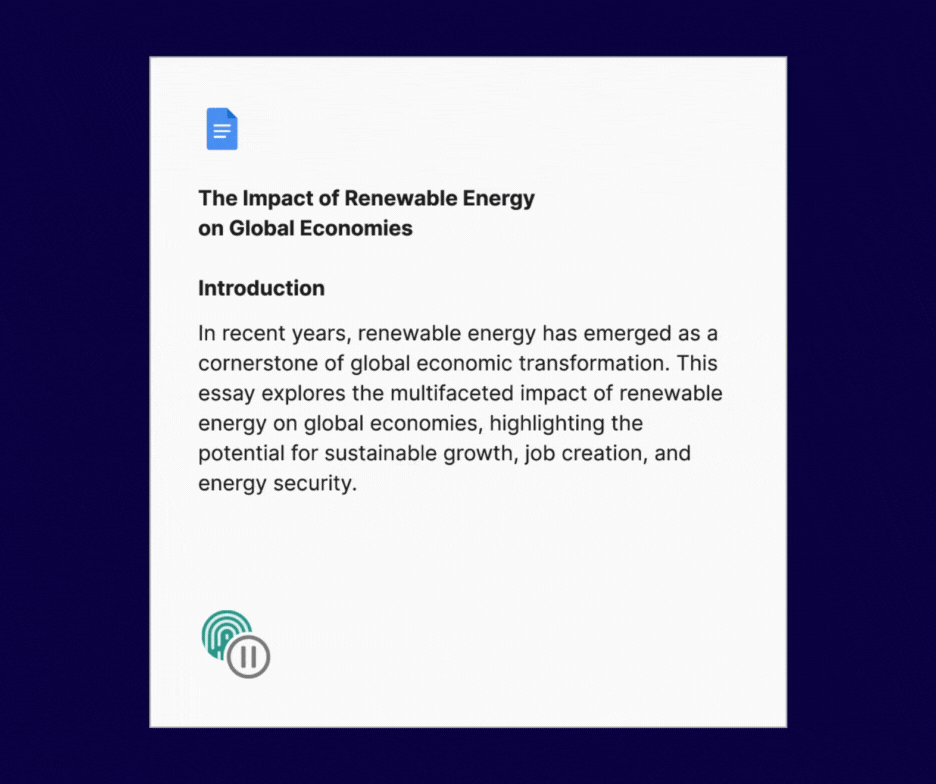
Since no single method can definitively confirm AI-generated content, a combined approach—using AI detection, human evaluation, and Grammarly Authorship—provides the most reliable way to assess AI’s role in writing.
Challenges in detecting ChatGPT-generated content
Identifying AI-generated text—especially from advanced models like ChatGPT—comes with several challenges. As AI continues to evolve, detection tools struggle to keep up, leading to false positives, missed AI-generated content, and ethical concerns.
False positives and negatives
AI detection tools aren’t perfect, which can lead to two key issues:
- False positives, or human-written text that is mistakenly flagged as AI-generated. A false positive can unfairly affect students, job applicants, and professionals whose writing style happens to resemble AI patterns.
- False negatives, or AI-generated text that passes as human-written. As AI models improve, distinguishing between human and AI writing becomes increasingly difficult.
Evolving AI models
Advancements in AI models add to the challenges of detection:
- ChatGPT and similar models are becoming better at mimicking human writing, reducing the obvious patterns that detection tools rely on.
- As AI-generated content improves, detection tools must continually adapt, creating an ongoing cycle where AI advancements often outpace detection methods.
Ethical and privacy considerations
AI detection raises important ethical and privacy concerns:
- Privacy concerns – Many AI detection tools require users to submit their writing for analysis, which may involve storing or processing sensitive information. Ensuring transparency in data usage and retention is crucial for maintaining trust.
- Fairness and accuracy – Overreliance on detection tools can lead to unintended consequences, such as unfairly penalizing users due to false positives or assuming AI-assisted writing is inherently unethical.
- The evolving role of AI in writing – AI tools are frequently used for brainstorming, refining ideas, and improving clarity. Instead of outright bans, organizations may consider creating guidelines around how and when AI can be used in order to balance innovation with ethical considerations.
Best practices for mitigating ChatGPT content
Getting rid of AI-generated content altogether is not realistic—and using AI can have huge benefits when used responsibly. The key is building practices that help individuals understand AI’s impact and use it in a way that supports productivity, creativity, and integrity.
Build AI literacy
A deeper understanding of AI supports responsible AI usage:
- Recognize AI’s strengths and limits. Learning how AI generates content can help users assess its reliability.
- Encourage transparency. Consider creating guidelines around how to use AI, including how to cite and disclose AI use. For example, a company could create a policy that requires AI-generated content to be edited by a human or fact-checked manually. An educational institution might encourage students to use it as a research tool or idea generator but require Grammarly Authorship to track how an assignment was created.
- Consider ethical implications. As with any technological advancement, ethical use comes down to how it’s used. There is no one-size-fits-all approach. Consider exploring the role AI content plays in your work. What expectations or agreements exist between the writers and readers of the content? How do you disclose AI usage? When does it bolster the flow of information, and when does it hinder originality and integrity?
Develop thoughtful policies
Clear policies can provide guidance on AI use:
- Define AI’s role. Establishing when AI-generated content is appropriate helps set expectations. Consider guidelines that clearly communicate when AI enhances work and when human input is essential.
- Balance guidance with accountability. Policies can promote responsible use while addressing misuse. Consider being explicit about detection methods and the potential consequences.
Leverage technology
Technology offers ways to assess and manage AI-generated content:
- Use AI detectors alongside other tools. AI detection technology is improving, but, as shared above, detection tools work best when paired with AI education and clear policy.
- Explore using AI that embeds transparency in its output. Some AI developers embed markers in AI-generated output to aid AI detection and increase transparency.
Conclusion
The question “Can ChatGPT be detected?” doesn’t have a simple yes-or-no answer. While AI detection tools can estimate the likelihood of AI-generated content, they cannot confirm it with certainty. False positives, evolving AI models, and increasingly sophisticated AI-writing patterns make AI detection an ongoing challenge.
Since no single tool is foolproof, a combination of AI detection, human oversight, and clear guidelines can help assess AI use. Grammarly’s AI detector helps evaluate AI likelihood, while Grammarly Authorship offers a way to track a document’s writing history.
As AI-assisted writing continues to evolve, responsible use and transparency play a key role in its integration. Institutions and workplaces benefit from education, well-defined policies, and originality tools like Grammarly Authorship and plagiarism detection to support writing integrity.
Can ChatGPT be detected FAQs
Can AI-generated text be detected with 100% accuracy?
No, detection tools are not foolproof. While they can estimate the likelihood of AI-generated content by analyzing text patterns, they may produce false positives or miss AI-assisted writing.
What are some free AI detection tools?
There are many AI detection tools available that use different methods to identify potential AI-generated content, such as ZeroGPT and QuillBot. Grammarly’s free AI detector analyzes text to identify AI-generated patterns and provides a percentage score that estimates how much of the document was generated by AI. Grammarly’s AI detector is part of our suite of originality features designed to help you work with AI responsibly. We recommend using it in conjunction with Grammarly’s plagiarism detector, our citations generator, and Grammarly Authorship, which tracks how a document was created.
Can AI-written content be edited to bypass detection?
Editing, paraphrasing, and adding personal details can make AI-generated content harder to detect. However, it does not guarantee that the content will pass AI detection. The best way to verify sources and prove originality is to use Grammarly Authorship as you write because it tracks how a document was created over time and provides a comprehensive report.
Do universities penalize students for using ChatGPT?
Policies vary by institution. Some universities consider AI-generated submissions a form of plagiarism, while others allow AI use with proper disclosure. Students should review their school’s and professors’ guidelines on AI-assisted writing before using AI in order to understand if policies equate it with cheating.
What is the future of AI content detection?
As AI models evolve, detection tools will improve but will likely always lag behind AI technology. Grammarly’s holistic approach of combining AI detection with Authorship tracking provides a more transparent way to verify content origin, helping users navigate the future of AI-assisted writing responsibly.

